The landscape and weather change greatly during the year in regions that have four distinct seasons.
Click on image for full size
Images Courtesy of Corel
What Causes the Seasons?
Let's get rid of some common misconceptions about the seasons. The
Earth's orbit is in the shape of an ellipse, so that sometimes the
Earth is a little bit closer to the Sun than at other times. Is this
the cause of the seasons?
You can imagine that if the seasons were caused by the Earth's orbit,
people in the northern hemisphere and people in the southern
hemisphere would have the same seasons.
For example, if winter
occured because the Earth was far away from the Sun, everyplace on the
Earth would be cold at the same time.
But this is not what happens! Summer in the northern hemisphere
occurs at the same time as winter in the south, and vice-versa. It
turns out that the Earth's orbit is nearly perfectly circular, and the
difference between its closest point and its furthest point is very
small. In fact, the Earth is furthest away from the Sun in June when
it is summer in the northern hemisphere.
The Earth is a very special planet in many ways. Just as Earth's
unique atmosphere and its distance from the Sun work together to make
Earth the right temperature to support life,
Earth's orbit and its rotation work together to create the
seasons.
You might also be interested in:
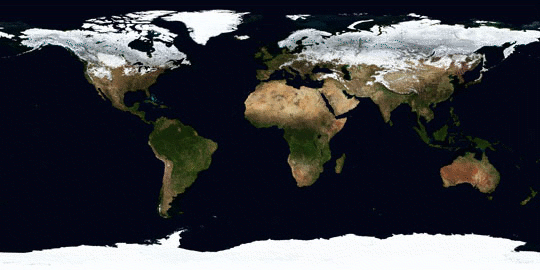
NASA recently started making images of the entire surface of the Earth every month. There are no clouds in the images. They combine many pictures taken at different times when the weather is clear in different
...more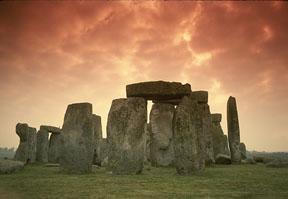
"The movements of the heavenly bodies are an admirable thing, well known and manifest to all peoples. There are no people, no matter how barbaric and primitive, that do not raise up their eyes, take note,
...more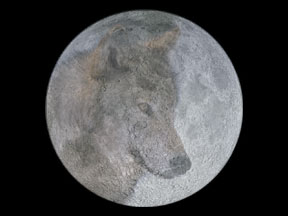
Sometimes, in the fall, you may hear people call a Full Moon the "Harvest Moon". That's because farmers can stay in their fields late, after sunset, harvesting their crops by the bright light of a Full
...more
Antarctica, home to the South Pole, is very cold! In fact, Antarctica is colder than even the Arctic! Temperatures as low as -129 degrees F (-89 degrees C) have been recorded, and in the interior, near
...more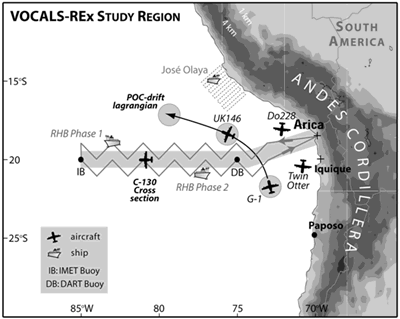
Scientists must work very hard to understand the data collected in field campaigns like VOCALS. They must review and study it to determine what has been learned. Many model runs will be made and analyzed.
...more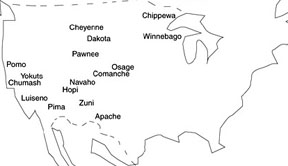
People from Asia crossed the Bering Strait into North America. These people were first in this new land and so they are known as Native Americans. Over time, these people broke into tribes (as seen on
...more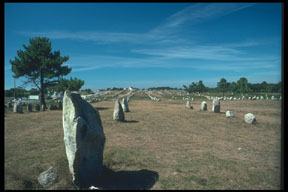
The stones of Carnac, France, are probably the most famous stones markings outside of those found at Stonehenge in England. There are many, many stones at Carnac. And these stones are very old too, the
...more















